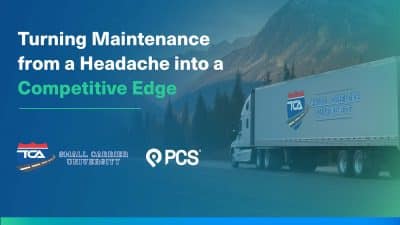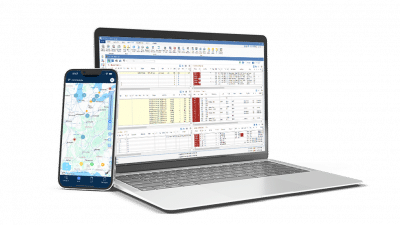Margins in trucking are razor-thin. Rising costs for fuel, driver pay, and insurance mean every wasted minute matters. The problem is, many fleets don’t realize that their TMS — the very tool designed to improve efficiency — is quietly draining profits. If dispatch feels slow, drivers are frustrated, or your back office is stuck in 1999, your software may be the hidden leak in your bottom line. Here are five signs your TMS is costing you margin, and why mid-market fleets can no longer afford to ignore them.
1. Dispatch Takes Too Long
Every dispatcher knows the grind: juggling spreadsheets, driver notes, emails, and gut instinct to get a load covered. That process might have worked with 10 trucks, but at 25, 50, or 100, it creates hours of wasted time every day.
Idle trucks mean lost revenue and higher driver dissatisfaction. A modern TMS should recommend the right driver or carrier in seconds using factors like HOS compliance, equipment type, and proximity. If your system still requires manual matching, it’s not just “clunky”—it’s costing you margin on every load.
2. You’re Missing the Best Loads
The most profitable freight often goes to the carrier who can move fastest. If your TMS can’t surface and rank opportunities from emails, portals, and documents, you’re leaving high-margin freight on the table.
Carriers without intelligent load scoring chase whatever shows up first. Carriers with smarter systems can instantly prioritize which loads fit their network and deliver the best margins. The difference? Hundreds of dollars per truck, per week. Over a year, that’s six figures in missed opportunity for a 50-truck fleet.
3. Drivers Are Frustrated
Driver turnover is one of the most expensive hidden costs in trucking. Replacing a single driver can run $5,000–$10,000 in recruiting and onboarding. And drivers don’t just leave for higher pay — they leave when dispatch is disorganized.
If your TMS can’t account for HOS, driver preferences, or equipment availability when assigning loads, your drivers see randomness, not respect. Missed home time, confusing pay structures, or repeated mismatches push good drivers out the door. A system that doesn’t prioritize drivers is silently fueling your turnover problem.
4. Your Back Office Feels Like 1999
Accounting is where margin either gets protected or eroded. If your team is still re-keying data between systems, chasing down paperwork, or waiting days to invoice, your TMS is dragging down cash flow.
Fleets running modern workflows can cut invoice cycles from weeks to days. That means faster revenue recognition, fewer disputes, and less reliance on factoring. The longer your TMS forces you to wait for payment, the more you’re handing over margin to lenders and back-office inefficiency.
5. You’re Paying More, Getting Less
Many fleets find themselves locked into expensive contracts with legacy systems that haven’t kept pace. You’re funding vendors that charge premium prices but deliver outdated tech.
Meanwhile, competitors are moving to platforms with AI-driven workflows that do more with less manual effort. Paying more for less functionality doesn’t just hurt your budget — it puts your fleet at a competitive disadvantage. The fleets that win in the next cycle will be the ones who invest in systems that scale, automate, and deliver clear ROI.



